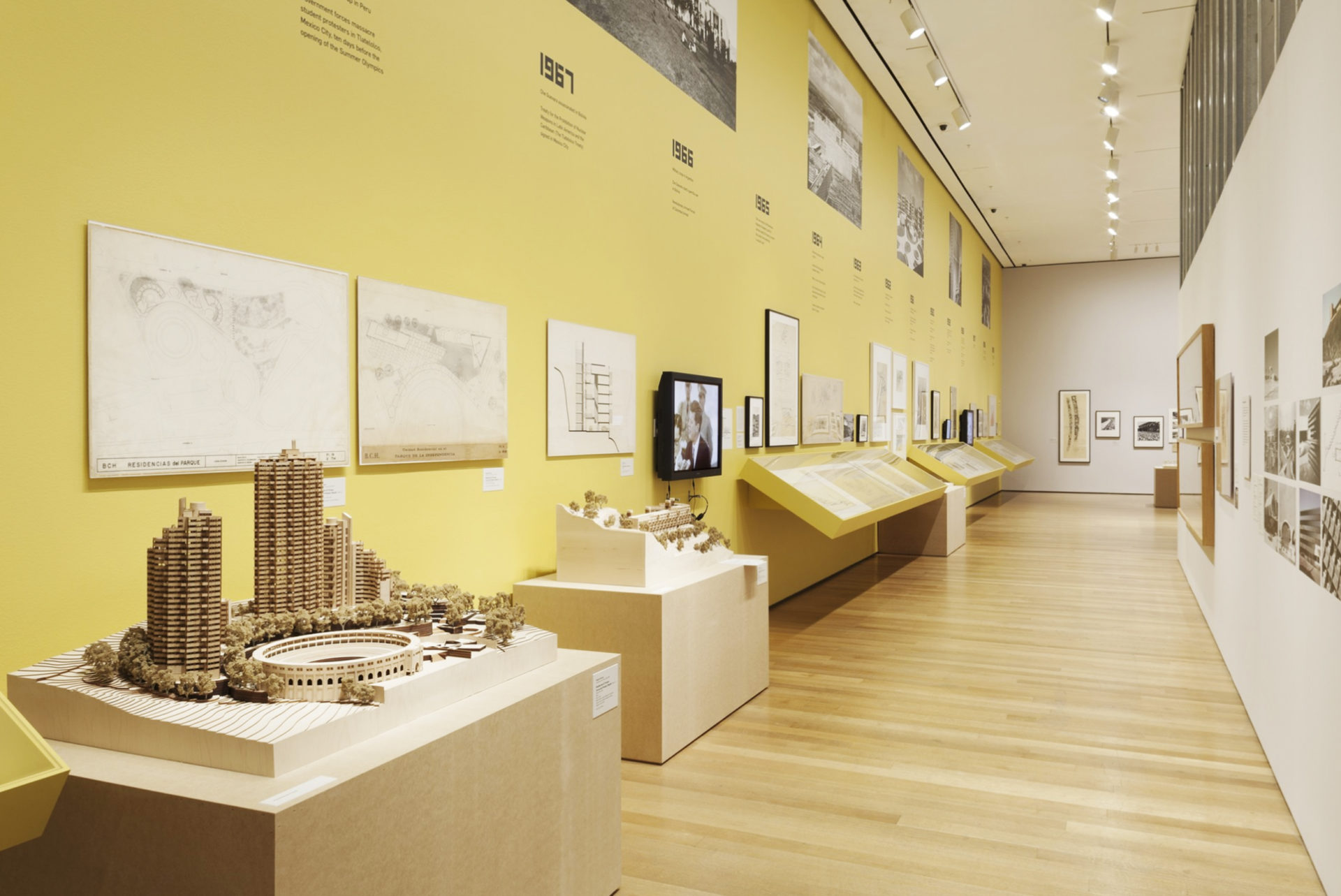Mexican architecture, with its rich tapestry of indigenous influences, colonial history, and modern innovations, has long captivated the world. From ancient pyramids and colonial churches to the minimalist masterpieces of Luis Barragán, Mexico’s architectural heritage is a reflection of its diverse cultural history and dynamic identity. This heritage is not confined to the borders of Mexico; it is increasingly celebrated in international museums, exhibitions, and cultural institutions, fostering a deeper appreciation for Mexico’s architectural legacy and influencing global design trends.
Mexican Architecture in International Museums
The Architectural Legacy of Luis Barragán
One of the most celebrated figures in Mexican architecture, Luis Barragán, has left an indelible mark on the global architectural landscape. His works, known for their minimalist yet deeply emotional use of space, light, and color, have been the focus of numerous international exhibitions.
For instance, the Museum of Modern Art (MoMA) in New York has hosted exhibitions dedicated to Barragán’s work, exploring his influence on modern architecture. His iconic projects, such as Casa Barragán and the Torres de Satélite, have been featured in exhibits that highlight his ability to blend modernist principles with Mexican cultural elements, such as vibrant colors and traditional materials.
Exhibitions Showcasing Mexican Vernacular Architecture
Beyond the works of individual architects, international museums and cultural institutions have also showcased Mexican vernacular architecture. Exhibitions like “Mexico: A Revolution in Art, 1910–1940” at the Royal Academy of Arts in London have explored how the country’s architectural styles evolved during a period of significant social and political change. These exhibitions often include photographs, drawings, and models of traditional Mexican buildings, such as adobe houses and colonial churches, demonstrating their enduring appeal and relevance.
The focus on vernacular architecture in these exhibitions highlights the global interest in sustainable design practices. Mexican architecture’s use of local materials and passive cooling techniques, which have been refined over centuries, offers valuable lessons in sustainability that are increasingly relevant in today’s architectural discourse.
The Influence of Mexican Design in Global Exhibitions
International exhibitions, such as the Venice Biennale of Architecture, have also provided a platform for Mexican architects to showcase their work to a global audience. The Mexican Pavilion at the Venice Biennale has often featured innovative projects that reflect the country’s architectural diversity, from urban regeneration initiatives to explorations of rural and indigenous building practices.
These exhibitions not only celebrate Mexican architecture but also contribute to its influence on global design trends. For example, the minimalist and emotionally resonant spaces created by Barragán have inspired architects worldwide to incorporate similar elements into their work, demonstrating the universal appeal of Mexican design.
Cultural Institutions Promoting Mexican Architectural Heritage
The Role of Cultural Institutes
Cultural institutions like the Mexican Cultural Institute in Washington, D.C., and the Instituto Cervantes in various cities around the world play a crucial role in promoting Mexican architecture. These institutes often host exhibitions, lectures, and workshops that explore the country’s architectural heritage and its contributions to global culture.
For example, the Mexican Cultural Institute has organized exhibitions on contemporary Mexican architecture, showcasing the work of emerging architects who are redefining the country’s built environment. These events serve as a bridge between Mexico and the rest of the world, fostering cross-cultural dialogue and appreciation for Mexico’s rich architectural legacy.
International Collaborations and Traveling Exhibitions
Collaborations between Mexican and international cultural institutions have led to the creation of traveling exhibitions that bring Mexican architecture to audiences around the globe. One notable example is the traveling exhibition “Frida Kahlo and Diego Rivera: Art and Life in Modern Mexico,” which included architectural elements that contextualized the lives and works of these iconic artists within the broader framework of Mexican culture and design.
Such collaborations highlight the global interest in Mexico’s cultural heritage and its architectural expression. By bringing these exhibitions to various parts of the world, cultural institutions ensure that Mexican architecture continues to inspire and influence global audiences.
The Impact on Global Design Trends
A Source of Inspiration for Modern Architects
The global celebration of Mexican architecture in museums and exhibitions has had a significant impact on contemporary design trends. Architects and designers worldwide are increasingly drawing inspiration from Mexican architectural principles, particularly in their use of color, texture, and space.
For example, the use of vibrant, bold colors in architecture, which is a hallmark of Mexican design, has gained popularity in modern architectural projects across the globe. Similarly, the integration of indoor and outdoor spaces, a common feature in Mexican architecture, is being adopted in various climates and contexts, promoting a more harmonious relationship between buildings and their environments.
Influence on Sustainable Design Practices
Mexican architecture’s emphasis on sustainability, particularly in the use of local materials and traditional building techniques, has also influenced global design practices. Architects in other parts of the world are increasingly looking to Mexican examples of vernacular architecture for inspiration on how to create environmentally responsible and culturally resonant buildings.
The presence of Mexican architectural heritage in international museums, exhibitions, and cultural institutions is a testament to its enduring appeal and influence. As Mexican architecture continues to be celebrated around the world, it not only fosters a greater appreciation for the country’s rich cultural legacy but also inspires new generations of architects and designers to explore the possibilities of blending tradition with innovation.
At Remotal, we are proud to connect US firms with top architectural talent from Mexico, bringing the unique perspectives and skills of Mexican designers to global projects. Contact us today to learn how our remote architects can help elevate your next architectural endeavor, bridging cultural borders and creating designs that resonate on a global scale.
